How my front-yard garden evolved over three growing seasons
My first attempt at gardening
In a little over two years, I went from being completely uninterested in plants to a bit of a crazy garden lady (a neighbor jokingly called me “the block’s farmer”).
I wrote about how I changed my mind in this post and once I got started, I knew it wasn’t going to be just a one-off experiment. If you are just beginning to dabble in gardening, I hope this post inspires you to try things out, welcome failures and savor the unexpected rewards that you will discover.
First, just some context setting for my growing conditions. We live in Oak Park, a very urban suburb just outside of Chicago. Technically, it’s hardiness zone 5b but a local master gardener told me that it’s turning into 6a (a notch warmer) because of how climate has changed. Our growing season is about five months, from May through September. I only grow in the front yard, where we have the most sun.
Season 1: The container experiment
Ten medium containers, a pair of Elmo rain boots and a clump of zinnias. That was my first attempt at gardening in 2019.
The sunniest spot anywhere in our front or backyard was a small area along the path leading from the sidewalk to our house. It turned out just enough for a thriving little growing space.
I grew all the plants from seed and they surpassed my wildest expectations. We snacked on three different kinds of tomatoes, chives, purple basil, strawberries and teeny Parisian carrots. Even my daughter’s Elmo rain boots gave us a couple of handfuls of cherry tomatoes.
Season 2: The pandemic garden
The next year (2020) I tripled my growing “area” to about 35 containers of different sizes. I kept them in the same spot as the previous year and arranged them on two three-tier racks and a salvaged wrought-iron table.
It was a sight that stopped many passers-by in their tracks in our Oak Park neighborhood, just outside of Chicago. Eggplants, cucumbers, several kinds of tomatoes, peppers, and herbs were all crammed in a mishmash of planters, tin cans, mixing bowls and yogurt tubs. Add to that a bunch of zinnias planted in a repurposed kitchen cabinet drawer and some lanky rudbeckias tucked in a perennial bed. Definitely not your typical front lawn.
The 2020 garden gave back in spades. Not only did we have a nice little supply of vegetables, I also watched my flowers grow unexpectedly well despite the part-shade conditions they had to adapt to. In fact, in late summer, I was able to harvest enough zinnias and rudbeckias to make a couple of little bouquets.
That’s when I started hatching my front-lawn domination plan: Install raised beds on the sunny half of the front yard to grow a mix of vegetables and flowers.
Season 3: The “feels like a garden” garden
In the fall of 2020, I worked with Michele from Twig Landscape Design to help me figure out if my idea could actually work. Today, my total growing area for annuals and veggies is about 100 square feet and includes:
five 2x8’ raised beds
one 2x2’ raised bed
three 12x36” planters
two 18-inch grow bags (I plan to use more the next season for sunflowers, lisianthus and a few other cut-flower annuals)
An assortment of containers for mint, some foliage and begonias (just for fun)
The lion’s share of space went to vegetables - lots of tomatoes, peppers, cukes, eggplants, melons but also a few flowers like calendula, nasturtium, cockscomb and strawflower. I reserved the two planters to nursery-bought zinnias, celosia, cosmos and snapdragons.
I also experimented with using the new perennial beds for dahlias (more on my spectacular failure in this post), a few kinds of cosmos and some zinnias.
It sounds like a lot and it actually is for such a small garden. And I guess that’s the upside of having to overcome the lack of good growing space - you get creative and effective with what you have. A small garden also is much easier to care for, especially if you’re growing cut flowers, which need to be harvested regularly (the more you harvest, the more they bloom - the magic of cut flowers at work!).
Even though I mistakenly bought dwarf varieties of most of the annual flowers from the nursery, I was able to harvest hundreds of stems over the summer. I cut at least 10 stems every couple of days for about eight weeks straight. It was enough to make more than 30 bouquets that I shared with neighbors and friends.
“Can I see your garden?”
I’m astonished at how plentiful my little garden has been, despite many blunders. But the one thing that I never expected was people’s reaction to it. There’s something about a happy garden that compels people to stop, take it in and even tell you from across the street that they like it.
One evening my 7-year-old son and I were just finishing our garden “inspection” when a little girl came running towards us asking “Can I see your garden?” Her dad followed, pushing a stroller. “Sure thing,” I said as she immediately started to study each plant - running from one spot to another asking “What’s this?” over and over. My son showed her around and for a few joyous minutes, I looked at the garden through the little girl’s eyes: So many new things to observe, so many little surprises to fill my heart.





